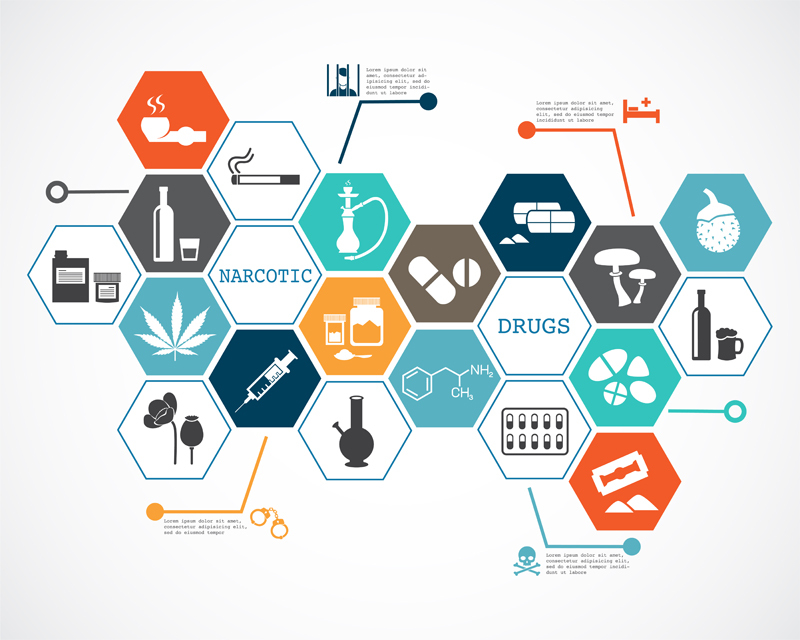8 Recommendations for Meth Lab Clean Up
 |
1) Due to the dangers associated with meth labs from the drug itself and other chemicals used in the manufacturing process, hiring a contractor can be the best option. However, the EPA recommends several things be considered first:
- Does the contractor have hazardous waste experience, and is the company certified by the state, if required?
- At a minimum, has the contractor completed the 40-hour HAZWOPER training (40 CFR 1910.120)?
- Does the site or the state require the expertise of a certified industrial hygienist or experienced industrial hygienist?
2) Although several states set their own guidelines promoting volatilization of chemicals by “baking” or heating the structure with doors and windows closed, the EPA recommends otherwise for two reasons: First, the EPA says the method’s effectiveness is not documented, and second, it is believed baking may actually help to mobilize and redistribute chemicals, spreading the contamination. Instead, the EPA recommends ventilating the structure with fresh outdoor air before, during, and after the remediation.
You won’t find a more thorough and effective course related to hazardous waste operations to help meet the employee training requirements of OSHA’s HAZWOPER regulation than BLR’s HAZWOPER Training Program®. Get the details.
3) Anyone working in a former meth lab should be prepared to encounter hypodermic needles used to inject the drug. The EPA recommends all workers wear heavy gloves and thick-soled leather shoes when handling and removing trash and contaminated articles that may conceal needles, like bedding, clothing, drapes, furniture, carpeting, or flooring.
4) In performing the preliminary assessment to determine sampling and cleanup needs, coordinating with state and local health departments can be very helpful. For example, jointly reviewing law enforcement records and/or records of hazardous waste removal contractors can provide the following information:
- What type(s) of cooking methods were used in the manufacture of the meth,
- Based on the cooking methods used, what quantities and types of chemicals were found at the site or may be expected to have been on the site, and
- What areas of the site are expected to be contaminated.
5) In assessing the need for preremediation sampling and what constituents to sample, the EPA recommends that decisions should be made on a property-specific basis and according to state and local requirements or guidelines. The EPA also recommends that preremediation sampling, if performed, should be conducted using the same protocols that will be used for postremediation sampling. In all cases, state regulations should be reviewed because some states automatically assume all areas associated with a former meth lab are contaminated and that thus, all areas must be cleaned.
Your Search for HAZWOPER Training Is Over—We Guarantee It!
You won’t find a more thorough and effective course related to hazardous waste operations to help meet the employee training requirements of OSHA’s HAZWOPER regulation (29 CFR 1910.120) than BLR’s HAZWOPER Training Program. Your training materials include a DVD, a 200+page HAZWOPER training manual with tests, handouts, and an electronic version on CD! Handy outline tells you exactly what to present and when to meet either the 8-, 24-, or 40-hour requirements. Learn more.
6) Regarding removal of contaminated materials, the EPA notes that several state requirements and guidelines suggest that all such materials be wrapped and sealed first to avoid contaminating other areas. Another recommendation is that contaminated materials be disposed of in such a way as to render them unusable. For example, furniture and appliances that still function may be salvaged by people who are unaware of the contamination. The EPA recommends these materials be “physically destroyed so that they cannot be reused.”
7) When preparing for waste disposal, be sure to consult all local, state, and federal regulations. For example, under the Resource Conservation and Recovery Act (RCRA), normal household hazardous waste can legally be disposed of in a municipal solid waste landfill. However, meth lab waste from a house-based lab is not allowed that exemption. The information for waste disposal should be included in the Cleanup Plan and should consider hazardous waste, solid waste and wastewater, the disposal facility, and documentation that the facility is equipped to handle the different types of waste generated, such as hazardous waste.
8) Although some states recommend vacuuming using a machine with a HEPA filter on surfaces that cannot be cleaned using detergent and water, the EPA notes that vacuuming alone does not completely remove contamination. The EPA recommends that vacuuming not be encouraged as a stand-alone remediation method, although it may be considered on a case-by-case basis when the decision is made to save an item “with intrinsic or emotional value that cannot be washed with a detergent-water solution.”
